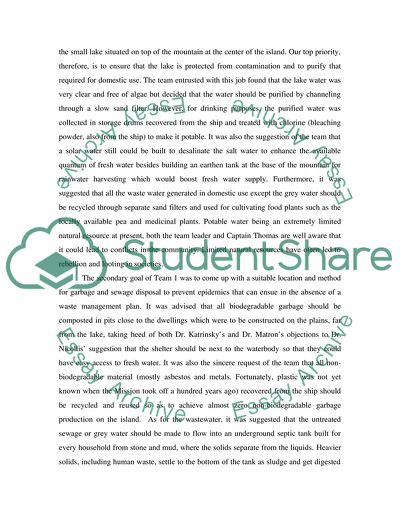Cite this document
(Water and Waste Management Case Study Example | Topics and Well Written Essays - 2500 words, n.d.)
Water and Waste Management Case Study Example | Topics and Well Written Essays - 2500 words. Retrieved from https://studentshare.org/environmental-studies/1723246-environmental-science
Water and Waste Management Case Study Example | Topics and Well Written Essays - 2500 words. Retrieved from https://studentshare.org/environmental-studies/1723246-environmental-science
(Water and Waste Management Case Study Example | Topics and Well Written Essays - 2500 Words)
Water and Waste Management Case Study Example | Topics and Well Written Essays - 2500 Words. https://studentshare.org/environmental-studies/1723246-environmental-science.
Water and Waste Management Case Study Example | Topics and Well Written Essays - 2500 Words. https://studentshare.org/environmental-studies/1723246-environmental-science.
“Water and Waste Management Case Study Example | Topics and Well Written Essays - 2500 Words”, n.d. https://studentshare.org/environmental-studies/1723246-environmental-science.


